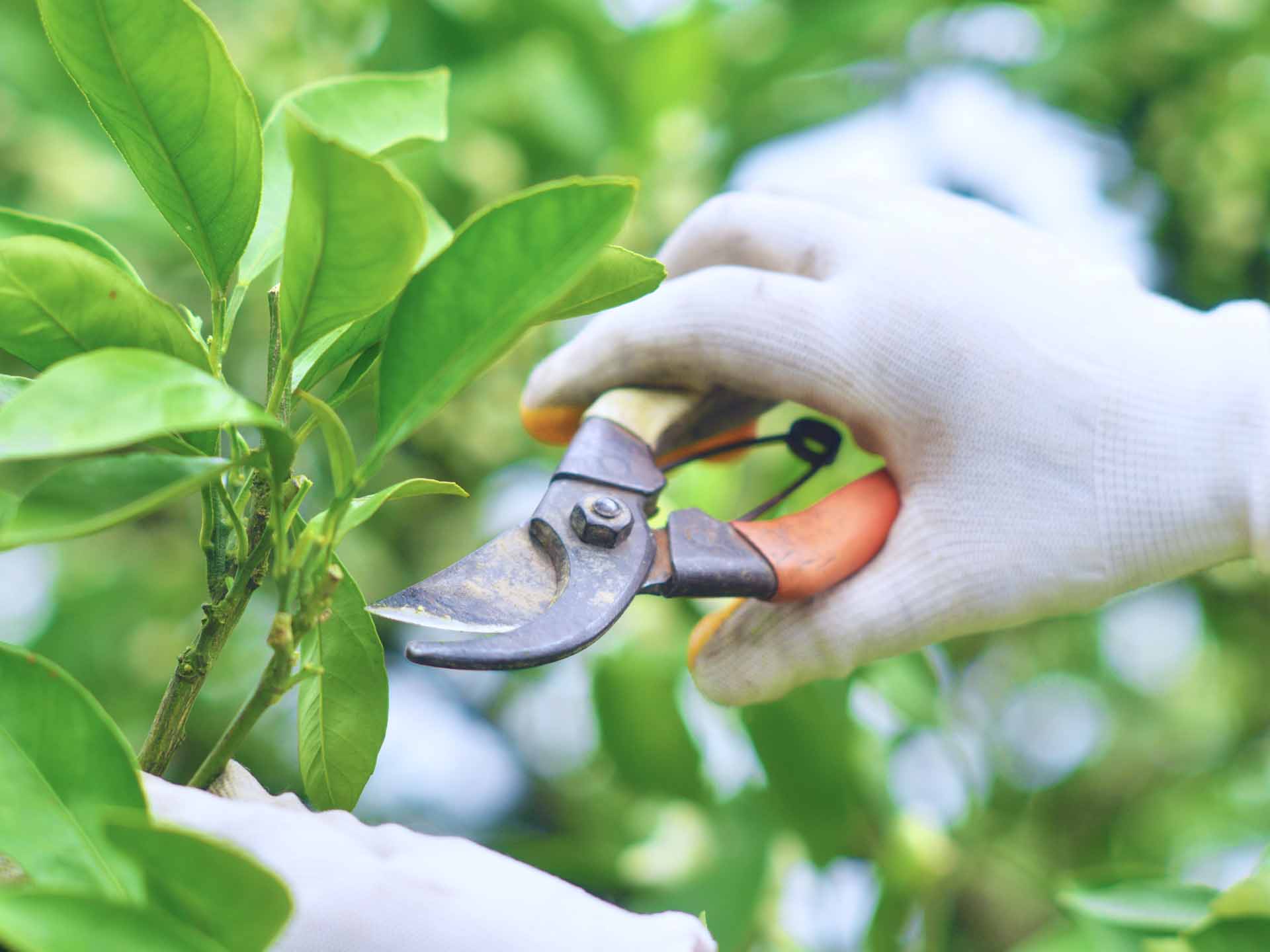Preparing a home for a Winter sale

A failure to undertake even the most basic home maintenance tasks is likely to see dozens of South Australians facing costly repair bills caused by water damage that could have been avoided – many having to deal with this just as they plan to put their home onto the market for a wet-weather sale.
As temperatures begin to fall across the State there are easy things to keep your property in tip-top condition throughout the Autumn and Winter sales period.
Plan ahead
Wintery weather can often make it difficult to sell because the dark, blustery conditions can have a negative effect on the way a property presents to the market. It is important to do some basic maintenance, because storms can occur at any time and the last thing any vendor wants is sudden damage or flooding just as potential buyers come to inspect. Extensive damage can be caused to roofs and fences from falling trees and branches, as well as water damage to ceilings and walls from gutters that are unable to cope with heavy downpours – not ideal just before an open inspection.
Clean gutters
Remove leaves and other debris from the gutters so that water can drain freely away. Give gutters a good rinse once they have been cleared, and as you are hosing them down, keep a look out for any misaligned pipes or leaks. Make sure to also check that the stormwater system carries water away from the home’s foundation to avoid flooding and water damage, because pooling water can encourage root growth from nearby trees as well as termite activity. Twigs and leaf litter can also block downpipes, so make sure they are also free of debris. Box gutters, which are normally hidden behind a parapet in many modern homes, can lead to stormwater overflowing onto the ceiling inside - so it is critical to maintain them, especially since they can’t be seen from the ground.
Roof tiles
Take the time to check for any missing, damaged or loose roof tiles and broken or dislodged ridge capping. Also check the valleys and flashings for any blockages or signs of rust. If you have a home with a ‘tin’ roof, check the fixings, ridge caps and vents, flashings, valley gutters and around skylights for leaks.
Roof space
When a downpour happens, think about climbing into the roof cavity to look for any leaking around chimneys, vents and skylights. Also scan the underside of the ceilings for any obvious water stains or damp patches. One of the most requested pre-purchase inspection items by a potential buyer is to ‘check the roof for leaks’ – even though there may not be any obvious sign of a problem.
Damp and mould
It is always a good idea to reduce the amount of condensation and dampness inside the home as much as possible. Installing ceiling insulation is always a smart move, and a great way to reduce heating and cooling costs. Where possible, dry clothes outdoors or use well-ventilated rooms. It is also important to let the house ‘breathe’ - so make sure air vents are not blocked to allow air to circulate within wall cavities.
Pruning trees
Consider pruning back any overhanging tree branches from the house and fencing to prevent them from doing damage should they fall during storm activity.
DIY dangers
There are plenty of examples where someone fancies themselves as a DIY expert and installs a stormwater system incorrectly. Make sure that sumps are not installed too high, which interferes with proper drainage. Similarly, make sure drainage is good around retaining walls too – often agricultural pipe is used for sub-surface drainage but is wrongly installed and quickly fills with silt, which can lead to eventual failure of a retaining wall.
Secure gardens and yards
It is fairly common for outdoor items such as garden furniture, toys, and even pot plants to become projectiles – particularly during sudden gusts and heavy winds. Even though you want a home to be presented as best as possible for an open inspection, it might be a good idea to safely store these types of items in a shed or garage, and weigh down larger items that cannot be stored conveniently.








